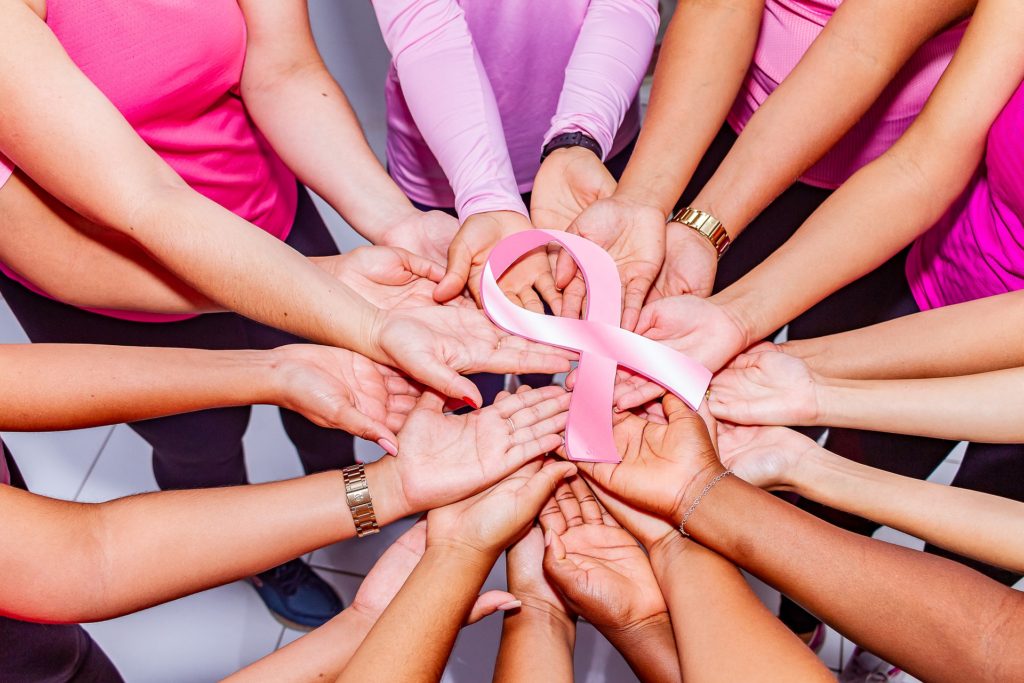Breast Cancer Awareness Month
Knowing what is normal for your breasts is a good idea. You’ll be able to contact your doctor if you see anything unusual, such as a lump, a change in your skin, or a discharge. However, Should you conduct a breast self-examination? That is a point on which medical organizations disagree. You can consult your doctor to see if it is appropriate for you.
What is Breast self-examination?
Breast self-examination is a method of checking for changes in your breasts, such as lumps or thickenings. Both breasts will be examined and felt. Consult your doctor if you notice any change in your breast. Those changes aren’t always cancer, but you should consult your doctor to be sure.
The procedure of Breast Self-Examination
For the self-examination of the breast, follow these instructions:
- Stand in front of a huge mirror in a well-lit room, nude from the waist up. Take a good look at your breasts. It’s fine if they’re not the same size or form. The majority of women’s breasts aren’t. Look for any changes in size, shape, or position, as well as any changes in the skin of your breasts, with your arms relaxed by your sides. Any puckering, dimpling, ulcers, or discoloration should be looked for.
- Examine your nipples for sores, peeling, or a shift in their orientation.
- To strengthen the chest muscles beneath your breasts, place your hands on your hips and press down hard. To see the outer half of your breasts, move your head from side to side.
- Bend forward with your back to the mirror. Then, by moving your shoulders and elbows forward, strengthen your chest muscles. Your breasts will begin to protrude forward. Examine them for any changes in shape or contour.
- Cinch your hands behind your head and push them forward. Turn your breasts from side to side to view the outer regions once more.
- Keep an eye out for the boundary beneath them. To see it, you may need to elevate your breasts with your hand.
- Check for discharge fluid in your nipples. Pull outward toward the end of the nipple with your thumb and forefinger on the tissue surrounding the nipple. Look for any signs of a discharge. Rep with the other breast.
When I Notice a Lump, What Should I Do?
If you notice any changes in your breast, don’t be worried. It could be the signs of a non-cancerous condition. However, you should see your doctor if you notice any new changes in your breasts, such as:
- On either breast, a unique area separates it from the rest.
- A growth or lump in or around your breast or underarm that lasts the entire menstrual cycle.
- A change in the size, shape, or contour of the breasts.
- A lump or a bulge.
- Marble-like area beneath the skin.
- The texture or appearance of the breast or nipple skin has changed (dimpled, puckered, scaly, or inflamed).
- The discharge from the nipple might be crimson or clear.
- Breast or nipple flesh that is red.




